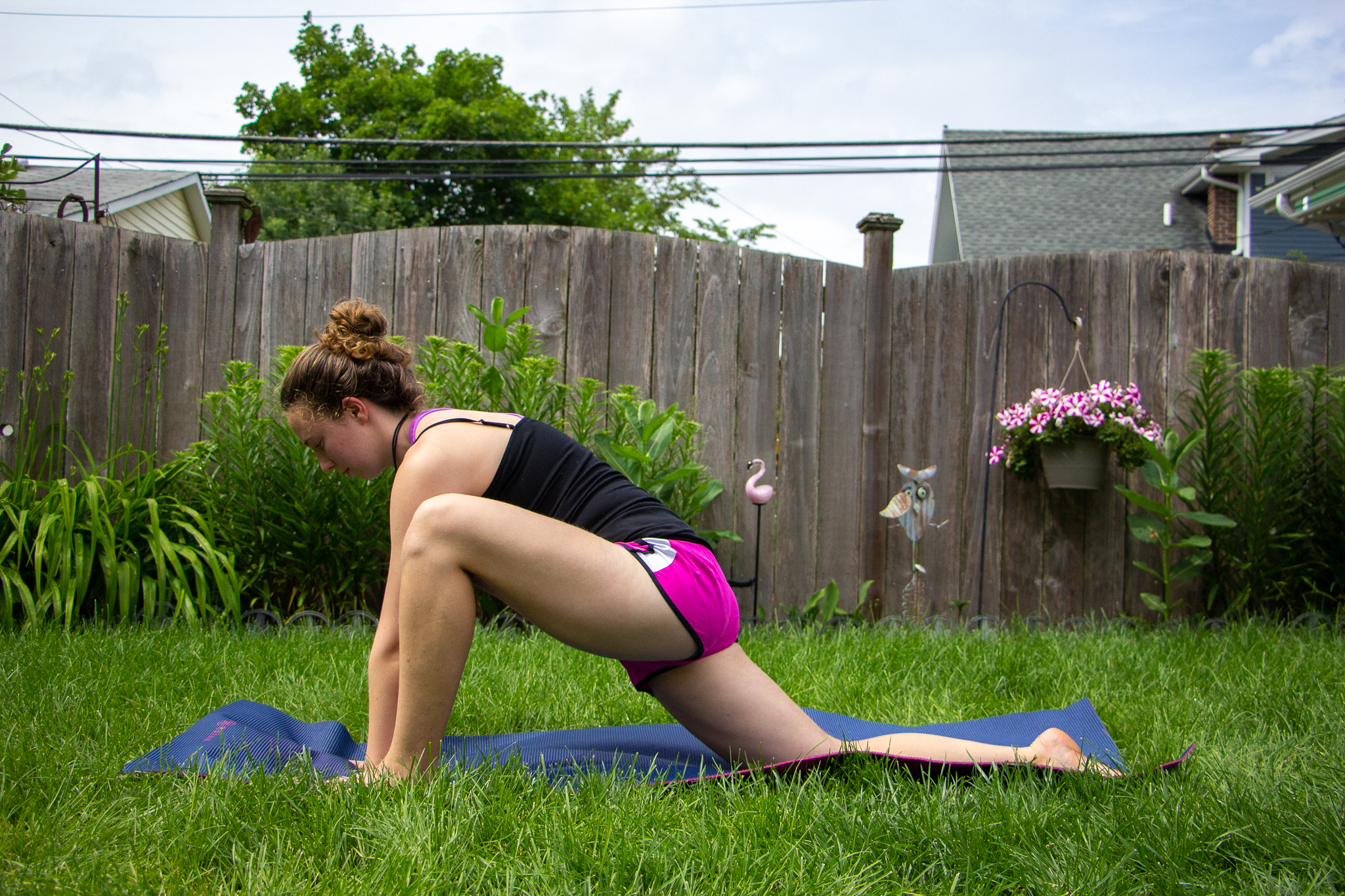By now, a lot of you have taken a week to do a little soul searching to find out if running a long-distance race is right for you. Whatever distance you have decided to prepare for, take a moment to congratulate yourself. You have already done something awesome by challenging your body to do something new and difficult and in 16 weeks you will be crossing that finish line prepared, healthy and proud!
While there will undoubtedly be many challenges–physical and mental–over the next 16 weeks, your safety should never be one of them. While running is a relatively safe sport, the danger of accidents and injuries is real and should be prevented. Keeping yourself safe and injury-free over the next 16 weeks should be your number one priority. Here are a few tips for safe and healthy training.
4 Ways to Stay Safe While Training for a Marathon
1. Go get sized for a good pair of shoes. Sure, you can go grab any old pair of discounted running shoes from a big box athletic store and save about $40, but unless you know how to properly size your foot, you will probably end up running in the wrong shoe-something that can lead to disaster for your knees and hips. When you run, each foot absorbs the shock of three times your body weight with each step. Soon, you will be logging over 70 miles a week and that kind of impact can tear up your body and lead to a slew of preventable (and painful) injuries. If you can, find a local running store and have your foot professionally sized for a pair of shoes. I recently had this done for the first time and discovered that I had been running in shoes that were almost an entire size too small for me my entire life! And I had been paying the price in knee injuries, hip soreness and lower back pain. Spend the few extra bucks and invest in a good pair of shoes that will take care of your body from the ground up.
2. Invest in a light and reflective clothing. This goes out to all the early morning and late night runners: you need to make yourself seen on the roads. There are a lot of distracted drivers out there and you want to make yourself impossible to miss in the dark. Most running shoes and clothes come with small amounts of reflective material on them already but you can add to your ability to be seen by running in bright, neon colors or even a crossing-guard-style vest. You can also buy head lamps for night running at specialty athletic stores, but any type of bright LED light will work (I pop mine off of my bike and clip them to my shorts or jacket.) Yes, you may look a little ridiculous, but at least you will be safe!
3. Learn the rules of the road. When running on streets and open roads, always run against traffic. The reason for this is simple: you want to see where the cars are and it is difficult to see a car if it is coming up behind you. If you are on a closed path, especially one that bicycles use as well, run with traffic, hugging the outer side of the lane. Always pass runners or walkers on the left and shout out “passing!” or “on your left!” as you are coming up behind them. If you like to listen to music while you run, keep it at a low level in order to hear people and cars around you. If you like to run with a four legged companion, always keep him or her on your side closest to the curb or grass. This will keep your pup safe from cars and bikes and prevent people who might be a little nervous around dogs from having to run or walk past them.
4. Hydrate, hydrate, hydrate! It is incredibly easy to become dehydrated when running for hours at a time, even in cold weather. Drink lots of water all day long as well as before and after your workouts. Remember, if you feel thirsty, you are already dehydrated!
Alright, let’s go! Here is the first week of recommended workouts:
Monday: 10 minute warm up, 30 minute easy run, 5 minute cool down
Tuesday: 10 minute warm up, 60 minute easy run, 5 minute cool down
Wednesday: 10 minute warm up, 45 minute easy run, 5 minute cool down
Thursday: 10 minute warm up, 55 minute easy run, 5 minute cool down
Friday: Rest
Saturday: 1 mile warm up, 12 miles @ race pace+2-3 minutes, 5-10 minute cool down
Sunday: Cross train 30-60 minutes
Note: Your Saturday long run should be at a very slow pace. This pace can be determined by taking your race goal per mile and adding 2-3 minutes (for an overall 4:40 goal time, your Saturday mile pace should be around 12 minutes.) This will feel SLOW but stick with it and allow your body to train up gently.
Keep up with your weekly marathon training and find running tips every Monday on Peaceful Dumpling!
Next: Week 2
See also last week’s post (Week 0)!
Related: Why I Workout 300+ Days a Year
Post Workout Beauty: 6 Tips to Looking Gorgeous After Gym
__
Photo: Phil Roeder via Flickr





